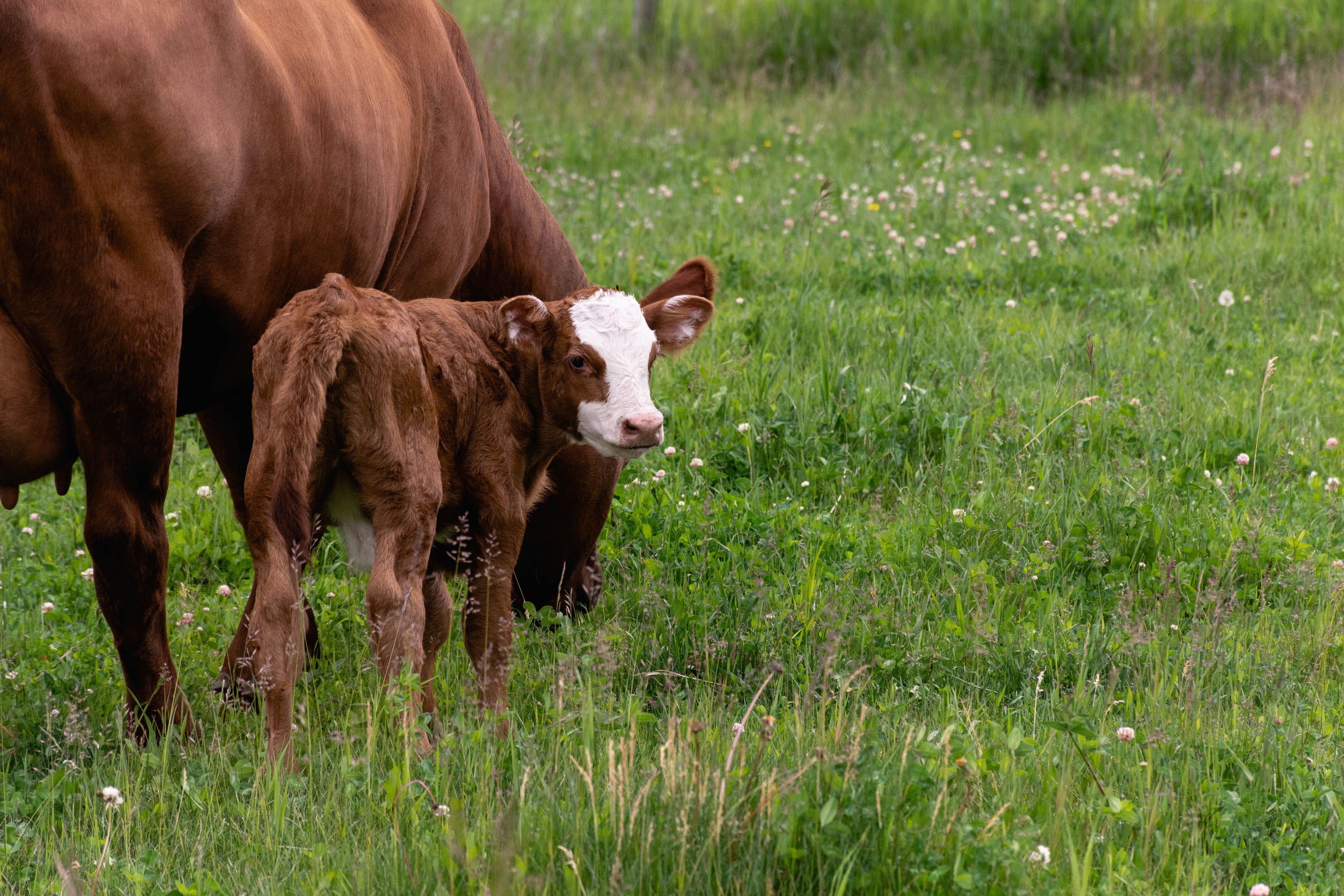Ethical meat

What does “ethical meat” mean?
Ethical meat means much more than species-appropriate husbandry, it encompasses the entire life cycle of the animal with a focus on dignity , transparency and quality :
Stress-free, dignified killing:
The anesthesia is performed calmly and in a controlled manner in the animal's familiar environment. The animal is then professionally exsanguinated within a clearly defined timeframe – in compliance with all EU and national regulations. This ensures that the animal dies without fear or panic.
Better meat quality through less stress:
If an animal is slaughtered under stress, muscle sugar (ATP) is rapidly degraded, which negatively impacts meat maturation and structure. With low-stress slaughter, muscle quality is preserved, and the natural bacterial flora is also more stable – with positive effects on texture and flavor.
Maximum appreciation until the last moment:
Great importance is placed on treating animals with respect and care. This approach stands in stark contrast to anonymous mass slaughter and forms the basis for responsible and ethical treatment of living beings.
What are the benefits of ethical meat?
Ethical meat represents a fundamental shift – away from industrial animal farming and toward a respectful treatment of living beings and food. The benefits are evident on several levels:
Dignity for the animal:
Animals are sentient beings—not commodities. Ethical meat means that they are allowed to live their lives under natural conditions: with freedom of movement, fresh air, light, social contact, and as little intervention as possible. Even during slaughter, dignity is paramount—without rushing, noise, or panic. This principle of respect permeates every step—from rearing to processing.
Health benefits for humans:
Ethical meat comes from animals raised without hormones, growth enhancers, or stressful feeds. The animals live a slower lifespan and grow more naturally, which has a positive effect on the structure and purity of the meat. It contains fewer inflammatory markers, less water, no residues of stress hormones, and offers an honest, unadulterated nutrient profile—with high-quality protein, iron, zinc, B vitamins, and natural fatty acids.
Trust through traceability:
Anyone who buys ethical meat knows where it comes from. Every step is documented, every farm is known, and every process is transparent. It's not about marketing, but about attitude. And about taking responsibility – for yourself, for the animal, and for a better food culture.
What does 360° utilization mean?
The whole animal instead of just precious parts
Ethical meat means nothing goes to waste. With 360° utilization, we use not just prime cuts, but the entire animal—including those pieces often considered "offcuts." Whether it's fillet or soup meat, the nutritional values are virtually identical. From these cuts, we create nutrient-rich products full of collagen, protein, and micronutrients—healthy, functional, and delicious.
Purest fat as a valuable resource
We also utilize fat that is rarely used in traditional processing. Through careful rendering, we create one of the purest animal fats available—a precious gift from nature.
Refining plant raw materials
But 360° recycling goes even further at Carnethics: We also process plant-based raw materials simply because they're no longer "pretty enough." Overripe vegetables are inspected, freeze-dried, and transformed into valuable, long-lasting ingredients.
Respect for nature and life
In this way, we transform supposed leftovers into high-quality food – with full respect for animals, plants and nature.
New value chains through ethics
Traditional meat industry: Focus on premium cuts
In the traditional meat industry, only veal or well-grained steer produces "first-class meat." Older cows or bulls, on the other hand, are often downgraded as too tough, lacking in marbling, and unattractive for the market.
Carnethics turns the tables
Thanks to our gentle technology and freeze-drying, we can also refine meat that was previously considered "secondary" in the butcher's trade. Whether it's an older cow or a bull – the nutritional values remain the same, the flavor is enhanced by the refinement, and the end result is a product of the highest quality.
From low value to high value
In this way, we transform something that once had little value into an extremely valuable food. We restore the animal's dignity and simultaneously open up a completely new value chain – sustainable, respectful, and forward-looking.
